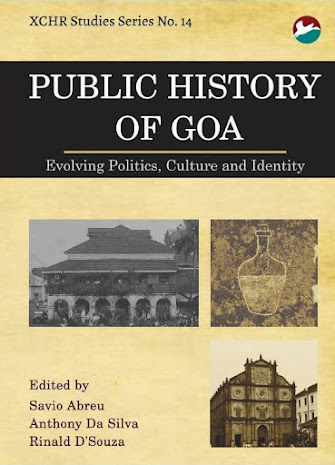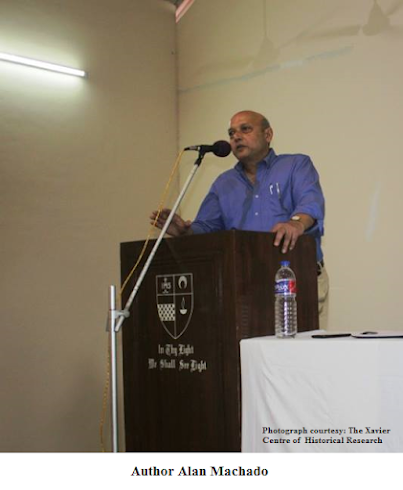Public History of Goa: Book Release at Xavier Centre of Historical Research

The book Public History of Goa – Evolving Politics, Culture and Identity edited by Fr Savio Abreu SJ, Fr Anthony da Silva SJ and Fr Rinald D'Souza SJ was released on 10th of April 2019, at Xavier Centre, Porvorim by the Vice Chancellor of Goa University Dr Varun Sahni. Public History of Goa is a collection of selected History Hour lectures held at the Xavier Centre of Historical Research (XCHR). XCHR is a renowned research institution established in 1977 that holds a vast treasure house of historical manuscripts from the 18 th and 19 th centuries, some even older. Of particular significance are the manuscripts from the House of Mhamai in Panjim. One of the Centre’s main aims is to draw scholars as well as the common man to open democratic discussions on various topics. The History Hour at XCHR, which is one such avenue for intellectual discussions, was introduced by former director Fr Délio Mendonça SJ with the support of Goan journalist Frederick Noronha. This was meant for







